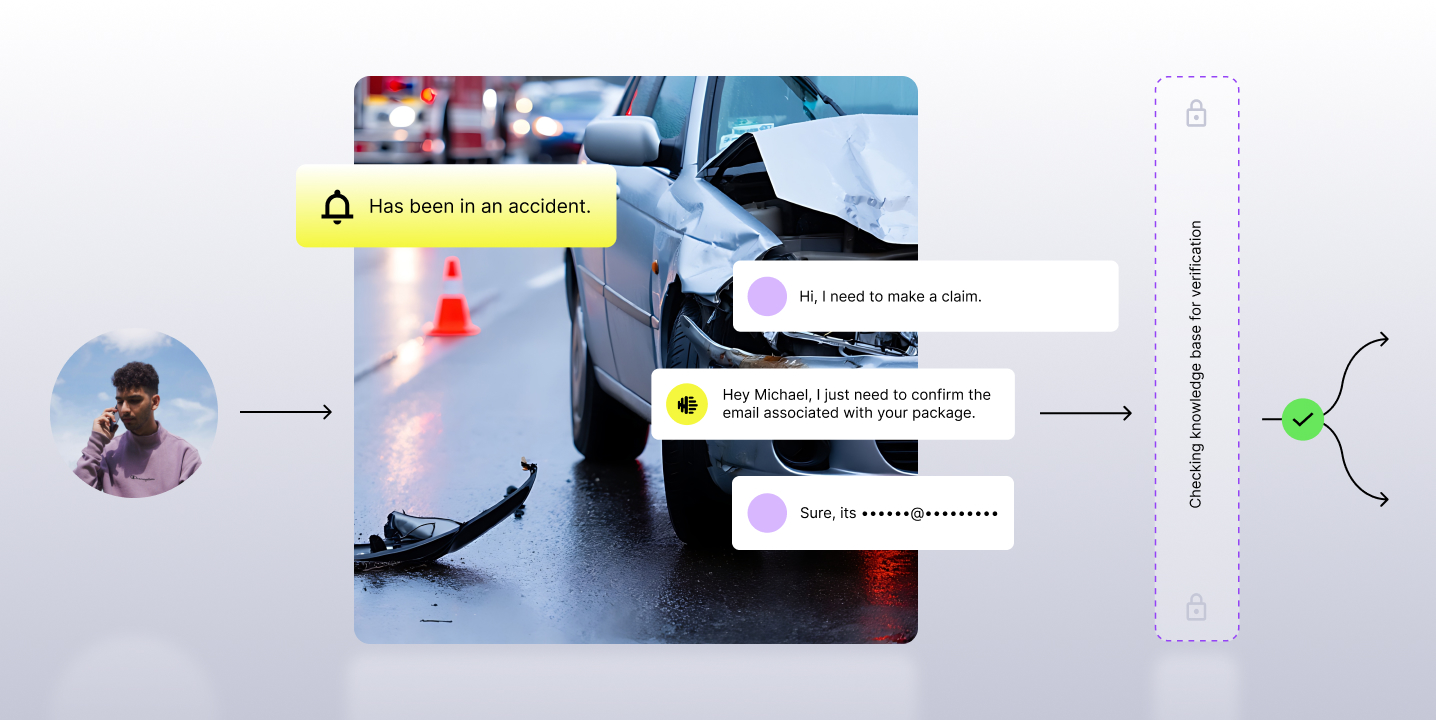Having worked in contact centers for the past 10+ years, I know how difficult it can be to provide a positive customer experience in a 5-10 minute window of time.
To do this well, the entire team must be dedicated to continuously improving agents’ performance. But today, a few things stand in the way of quality coaching.
Using AI-based voice insights to coach agents can help. Here are some practical, ROI-driving use cases to consider.
The Problem with Agent Coaching Today
To understand where coaching falls short in contact centers, you need to consider the coaching challenges each role on the team faces without contact center AI, including agents, supervisors, and QA managers.
First, you’ve got agents on the frontline who are closest to the voice of the customer. Unfortunately, it’s not easy for agents to share feedback from so many calls back with leadership in a meaningful way, so the insights they uncover don’t get actioned on. In fact, only 2-5% of total calls taken are ever monitored.
This also means that the way agents are evaluated isn’t always fair or relevant. As a supervisor or QA Manager, how can I get an accurate representation of your performance if I’m only monitoring a few of your calls each month?
Top Coaching Challenges in Contact Centers

At the same time, many of the processes supervisors and QA managers use are outdated, which makes it difficult to scale call monitoring beyond a fraction of calls. Some customers we work with use 3-4 different pieces of software to properly QA a single call! This means managers are often stuck “check-marking boxes” when evaluating agent performance rather than truly developing agents’ skills and analyzing trends.
Using Contact Center AI to Coach Teams
Contact center AI transcribes 100% of calls and help teams improve their coaching conversations.
Here’s how.
How Contact Center Roles Use Contact Center AI

Consider these three use cases first.
Top Coaching Use Cases for Contact Center AI
1. Data-Driven Performance Reviews
With contact center AI, supervisors can automatically review an agents’ entire call performance against benchmarks and filter down on key moments, such as openers, closers, and escalations.
They can then identify an agents’ top 2-3 areas of improvement and review the 3-5 specific calls that are driving the agents’ lowest scores. This helps supervisors provide more targeted coaching.
As an example, at Gridworks, a medical transportation company, supervisors were able to identify agent calls with unusually long dead air. By digging deeper into these call moments, they are able to understand which patient questions and requests were catching agents off guard to better prepare them.

For agents, it feels much fairer to know that their evaluation is driven by data across 100% of their calls rather than a random sample. It also helps them quickly understand what to improve so supervisors can focus the conversation on how to improve it.
2. Prescriptive Coaching Conversations
With new opportunities to search within call transcripts and filter conversations, supervisors can get really prescriptive about the types of coaching conversations they pursue and gather trend insights. For instance, they can filter for calls taken that mention a new product, service, or promotion.
For one major retailer, this helped them better coach agents on how to handle returns for high-ticket items and update its return policy.
With some contact center AI platforms, you can also differentiate between different types of silence, such as when an agent put someone on hold, or when they’re riding voicemails and driving up dead air.

3. Creating a Culture of Compliance
Finally, contact center AI makes it easy to identify gaps in compliance. For instance, with AI you can automatically monitor if agents are using mini mirandas, properly disclosing settlements, accurately verifying on calls, and more. If there’s a gap, you can offer targeted coaching.
It’s easy to search transcripts for conversations where people threatened to sue so you can coach agents on how to take a proactive rather than reactive approach with that customer.
You can also see which agents are best representing your brand by using phrases you’ve instructed them to use, such as “We’d love to win back your business,” or “We value your business.”
Final Words
We’re really just peeling back the first layer of the onion with this technology, and coaching is only one of many ways top brands use contact center AI. If you’re interested in learning more about how to coach with contact center AI, get in touch at sales@observe.ai or click here to schedule a live demo.
About the Author
Adrian Valenzuela leads onboarding at Observe.AI. Adrian has a track record of moving contact centers to the cloud in high-growth environments. Adrian has worked in implementation management, business process optimization, analytics, contact center operations, and customer success. Connect with him on LinkedIn or reach out to adrian@observe.ai
















